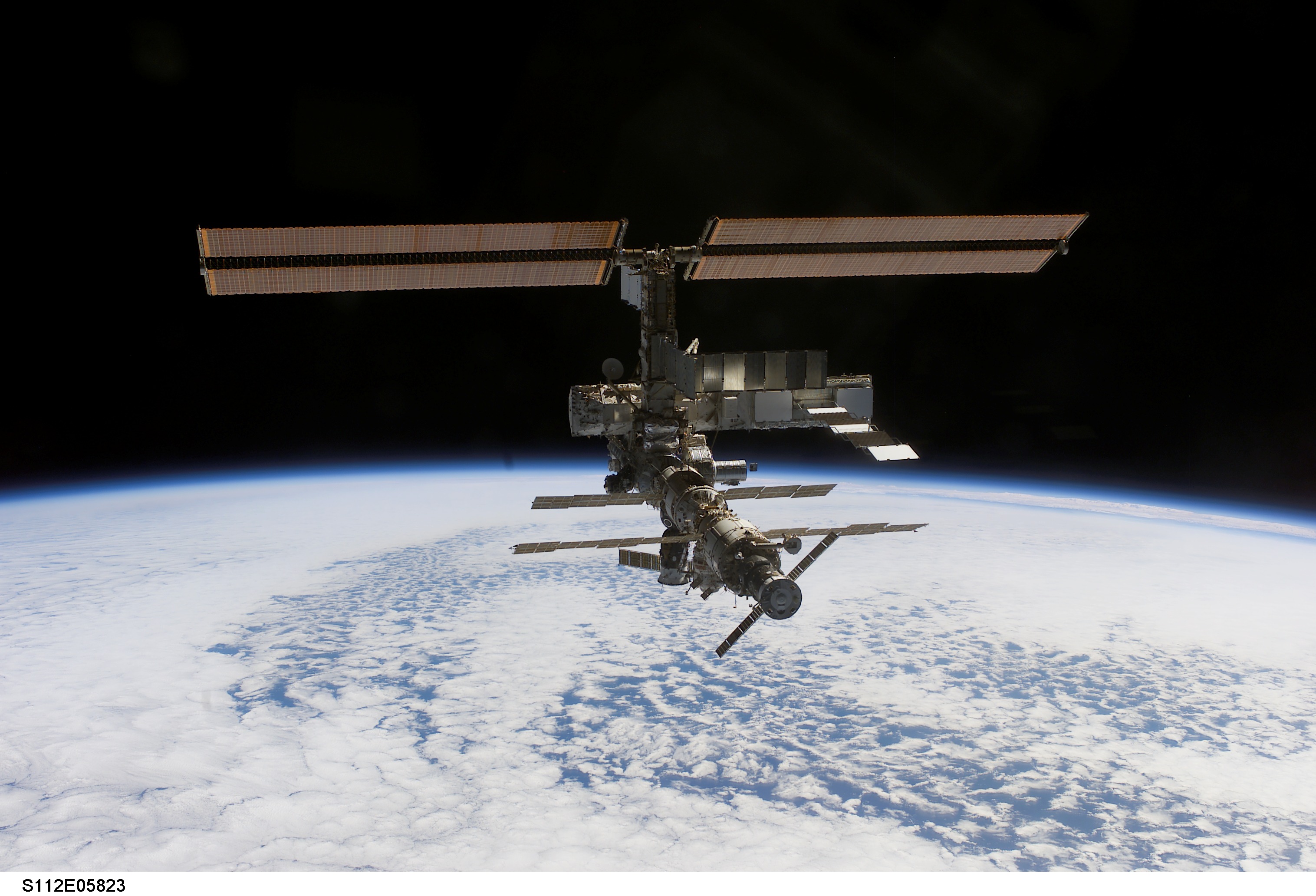Like watsisname said, the
geometry of shadows is scale-independent.
The only thing it depends on is the angular diameter of the light source, and the distance between shadow casting object and the surface that the shadow is projected on.
At 1 AU distance, sun appears as about 0.5 degrees wide disk of light. That means every shadow starts to blur out at 0.5 degree angle.
If you have a flat edged surface that casts a shadow line on another surface, the blurring of the edge can be determined as follows:

You can see pretty well that the blurring effect is in linear correlation with the distance. This is also the main reason why lunar eclipses are blurry on the edges. However, the atmosphere of the Earth
refracts light passing through it, and that light hits the Moon even at full umbra, giving it a copper or red hue (atmosphere diffuses most of blue light, but refracts the red).
The atmospheric diffusion / refraction of light is a separate phenomenon to shadow geometry which, like shown, is only dependant on light source diameter and shadow projection distance.
It is also significantly meaningless at distances less than a kilometre, and really only starts to affect the shadows at longer range - such as hilltops or mountains casting shadows elsewhere on terrain, or clouds.
The widely popularized idea about perfectly sharp shadows at space is, I think, originated from the fact that there is significantly less diffuse light around, so the
contrast between light and shadow is stronger - on Earth, even shadowed areas receive a lot of indirect light from sky and other surfaces.
This actually is true in Earth orbit as well. Earth is a very bright object with reasonably high albedo, so it's not like the shadows are exactly pitch black.


On the Moon, the situation is a bit different. Earth is much further away (although still much brighter than full moon on Earth) and the moon dust has peculiar reflective properties that make it cast light almost directly back to its inbound direction (this is why full moon is so significantly brighter than other phases - 3/4 moon is not even close to 75% of the full moon's brightness). So, the amount of indirect light there on the surface is much less than on Earth or even on Earth orbit. Regardless of this, it is sufficient to illuminate the shadowed side of astronauts or the lunar module. This has led to many a conspiracy theorist spergin over how the shadowed areas are lit against their preconceived notions of perfectly black shadows on space.
In deep space, the amount of diffuse light would be restricted to the light reflected from nearby surfaces of the ship itself, or other ships in the vicinity. Shadows would indeed be nearly pitch black in such an environment, but their edges would still be blurry.
I hope this clarifies the issue sufficiently.
Regarding shadow implementation in FSO (or other space games), performance and feasibility are perfectly good and sufficient reasons not to implement soft shadows.
Arguments about soft shadows in space not being realistic are not, because clearly soft shadows DO occur in space.
That's why my position is that if their implementation were feasible (both coding- and performance-wise), they would obviously be both more realistic and better looking than sharp shadows - but not necessary. With limited shadow map resolution, shadow edges tend to blur anyway in most cases, leading to pseudo-soft shadows that make it really hard to distinguish between actual soft shadows and simple blurring due to upscaling of the map.
I'm ridiculously happy with any working shadow implementation and wouldn't want to give Valathil an idea that his work isn't appreciated because of some ridiculous notion that soft shadows would be the only thing I'd be satisfied with.
Looking at objects casting shadows on each other makes me want to just stare at my screen with a dumb grin on my face...


